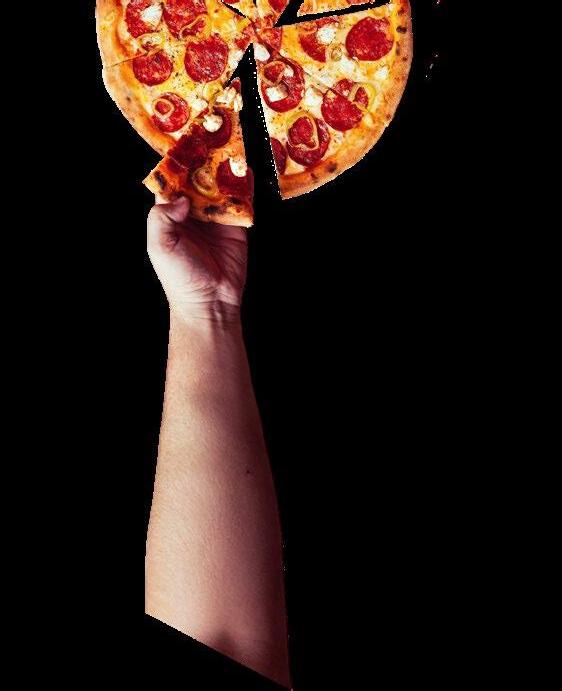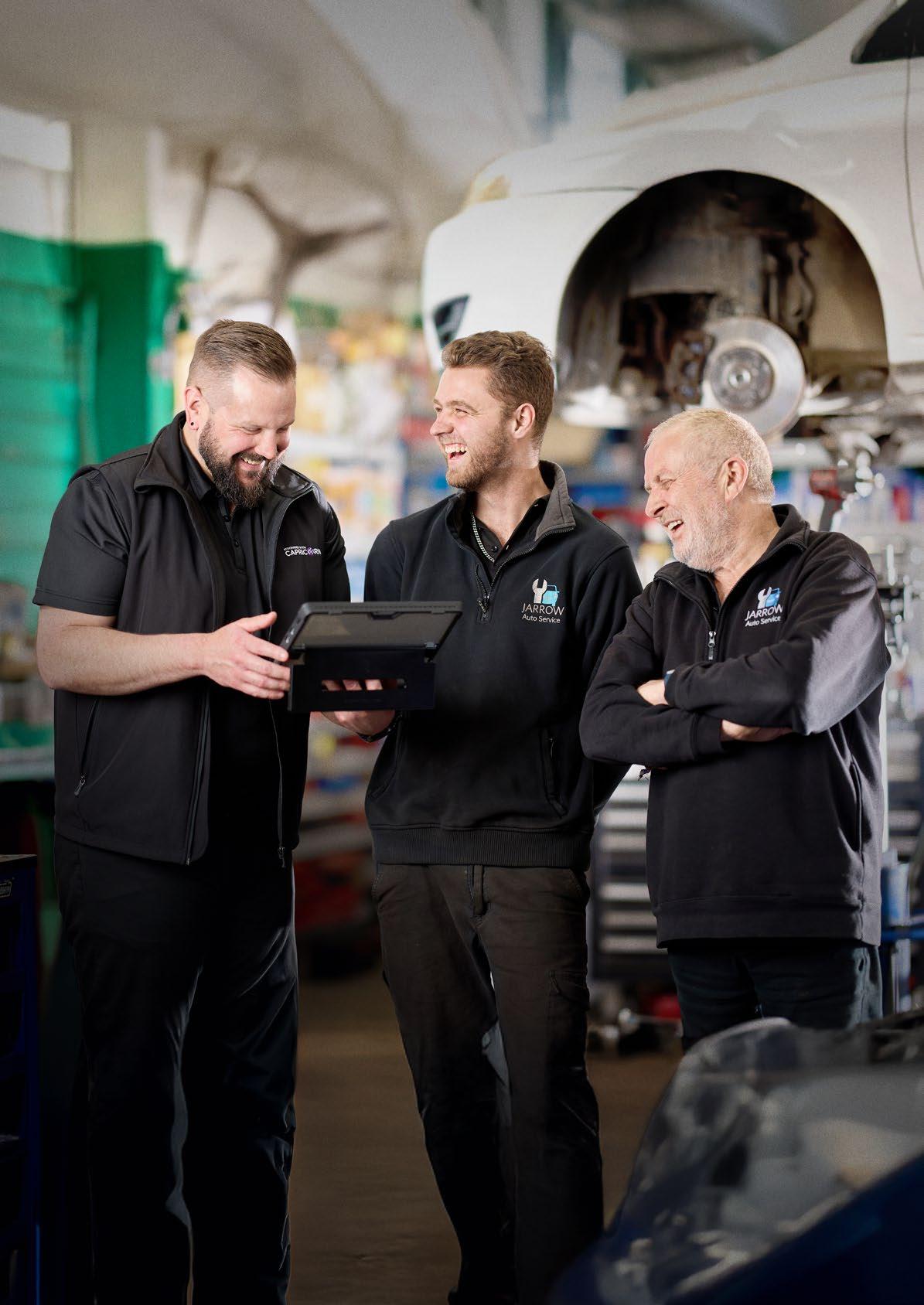
How do you reward your team?
Having a good system in place can make a huge difference.
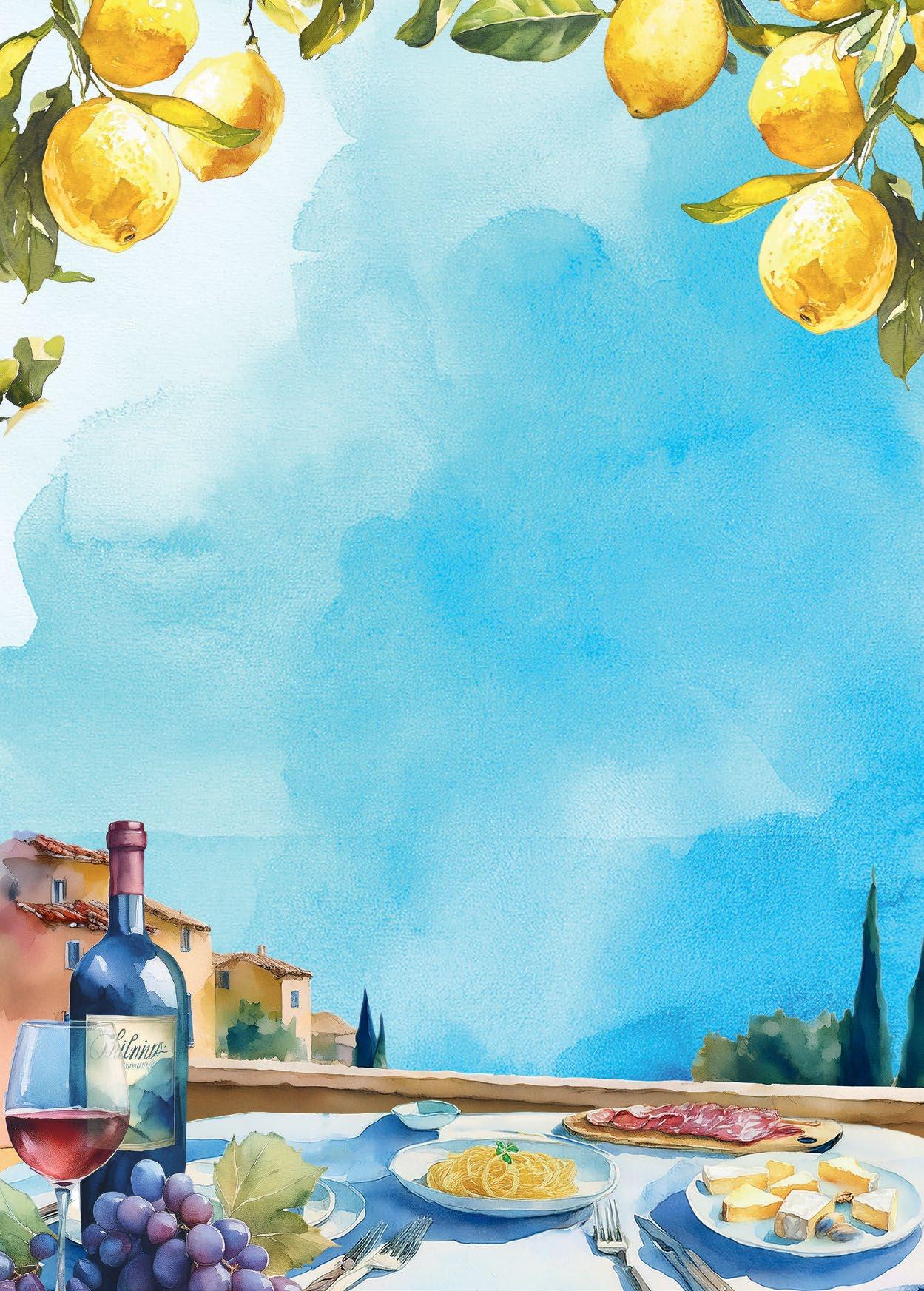

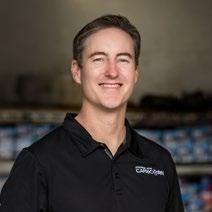


How do you reward your team?
Having a good system in place can make a huge difference.



The beginning of a new financial year always fills me with optimism about the possibilities in front of Capricorn and our Community.
This year, we’re proud to be celebrating the United Nations International Year of Co-operatives with the theme ‘cooperatives build a better world’. As a board member of the Business Council of Co-operatives and Mutuals (BCCM), I’m always proud to celebrate the contribution of cooperatives and mutuals and their important role in protecting and benefiting members. It’s also a terrific opportunity to reflect on Capricorn’s legacy.
For 51 years, Capricorn has been operating on cooperative principles, ensuring that every decision we make will benefit our Community. Originally founded by a group of 17 Golden Fleece service station owners in Western Australia, Capricorn has grown to have more than 30,000 Members across Australia and New Zealand. That legacy of doing what’s right for our Members, our people and Preferred Supplier hasn’t changed over this time. As we look towards the next 50 years, we remain committed to listening and adapting for our Community. Please join me in celebrating our cooperative spirit and being part of Capricorn’s success.
Speaking of adapting, last month Capricorn celebrated the launch of its first Ecommerce Partners — JB Hi-Fi Business in Australia and Partmaster in New Zealand. These new partnerships make it easy and simple for Members to purchase items they need for their business online via a Capricorn Trade Account, while still getting all the benefits you know and love. We will continue to grow our portfolio of Ecommerce Partners so keep an eye out for further announcements.
Finally, we were thrilled to sell out our 2026 Convention last month. We’re sorry some Members missed out, but you can still enjoy Italian flare at our Gala Dinner & Trade Shows coming later this year. These events bring our whole Community of Members, Preferred Suppliers and our people together in six different cities. It’s a wonderful way to connect and learn from Preferred Suppliers at the Trade Shows and celebrate a fantastic year at the Gala Dinners. I hope to see you there.
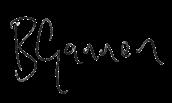
Brad Gannon Group CEO
4 COOPERATING TO BUILD A BETTER WORLD
Celebrating the UN’s International Year of Cooperatives.
8 FROM POINTS TO POWERED PEDALS
Find out how Roy Turner got a new ebike with Rewards+.
12 BEYOND THE LION BADGE
How Holden helped to build a nation.
16 HOW DO YOU REWARD YOUR TEAM?
Having a good system in place can make a huge difference.
18 2025 KIA EV5 LIGHT+ A scaled-down EV9 or a great car in its own right?
Capricorn, its officers, employees, agents and representatives disclaim any and all liability to you or any other person for any loss or damage whatsoever connected with: i. reliance on any material in Ignition; or ii. any inaccuracy, error or omission in any material in Ignition. If you’d like to stop receiving a printed copy of Ignition, you can opt-out at any time by logging into myCAP and updating your Account settings and Communication Preferences.
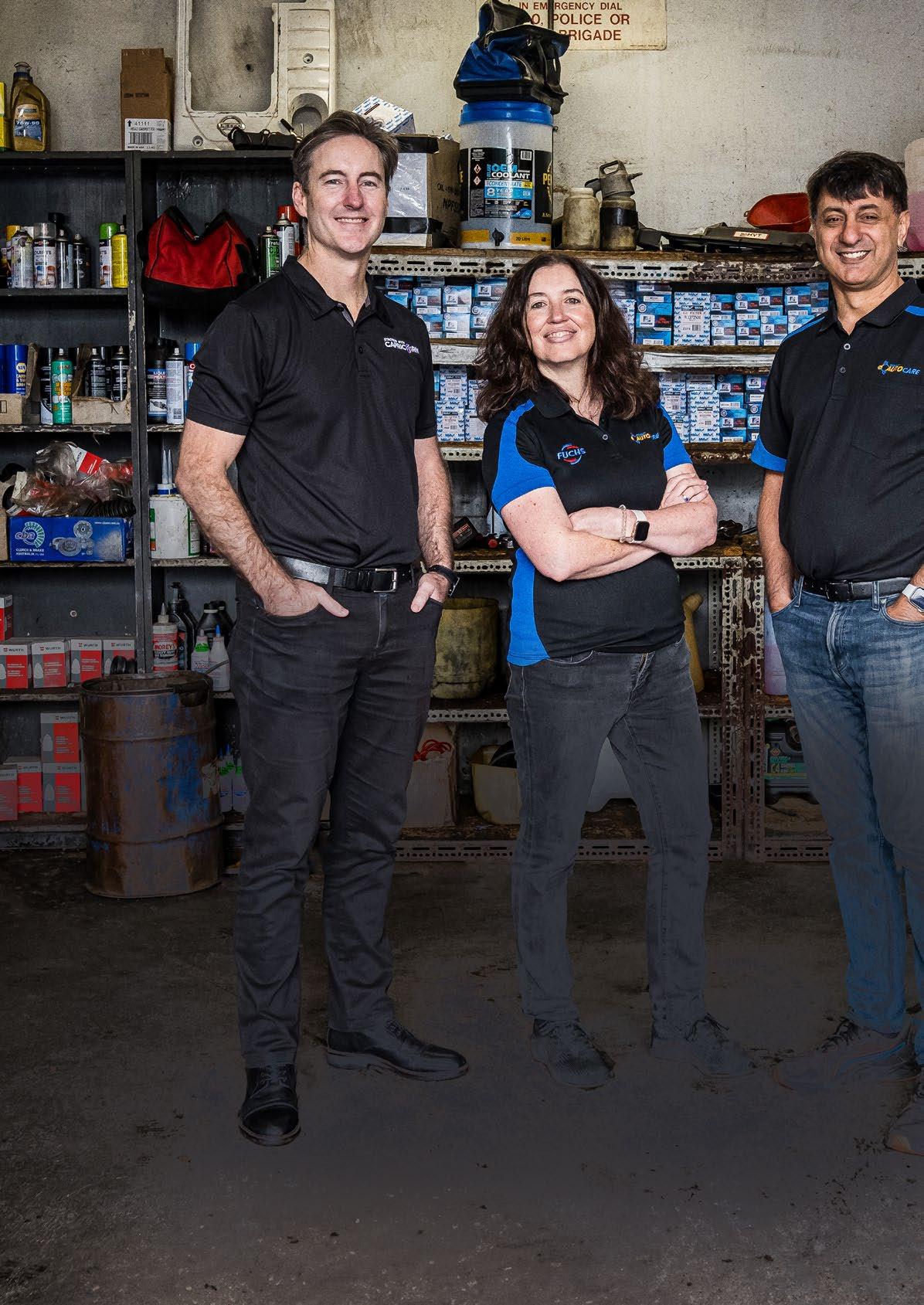
to build a

The importance of cooperatives to our economy and to our society cannot be overstated. Across the planet, cooperatives are working to build a better world.
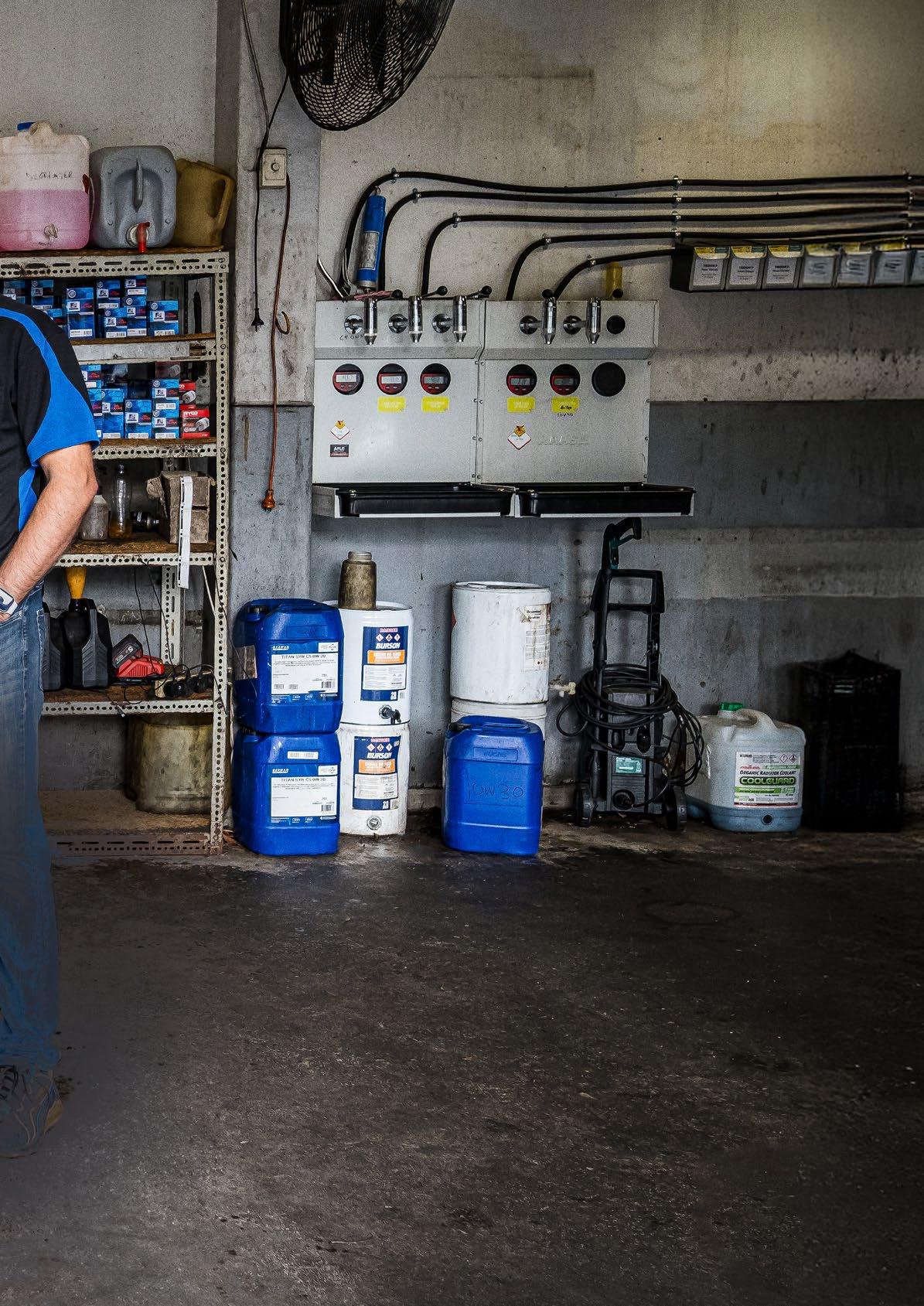
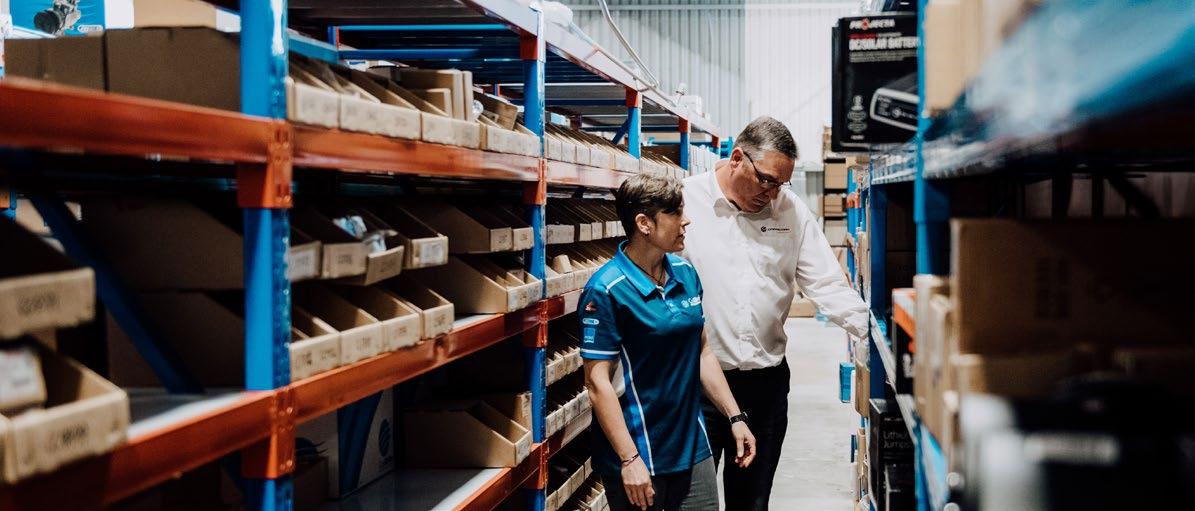

Recognising this, the United Nations has made 2025 the International Year of Cooperatives, with celebrations peaking around the International Day of Cooperatives on Saturday, 5 July 2025.
They’re celebrations we will be joining. After all, Capricorn was formed as a cooperative by a group of 17 Golden Fleece service station owners in Western Australia 51 years ago. Today we’re a Community of more than 30,000 Members and over 2,000 Preferred Suppliers across Australia and New Zealand that come together in order to run stronger, more efficient and more profitable businesses.
The success of our organisation was never guaranteed. But what we’ve managed to achieve together is a testament not just to the vision of the original 12 and the hard work of all those who have followed, but to the value Members have continued to see in the power of the cooperative.
A key reason Capricorn has survived and flourished is because we've spent half a century listening to and meeting the needs of our Community. This, in turn, has helped everyone thrive together.
Take Stephen Rowe from Jarrow Auto Service in South Australia. He’s been a Member since 1989 and says
Capricorn takes the stress out of running his business.
“You do your normal job every day, you just do what you do, you buy your parts from wherever you get them from—from the Capricorn Preferred Suppliers—and you don’t have to think about what you’re doing,” he said. “And, in the background, Capricorn just grows.”
Warren Anderson, of Warren Anderson Motors in New Zealand, has been a Member since 2004. He said Capricorn allows him to provide a better, faster and more efficient service to his customers.
“Capricorn is so well-known that you can ring up (a Preferred Supplier), quote a Capricorn number, the supplier doesn’t need to worry about money, he just goes ‘yep’, and that’s it. He’s got your number and sends you the part. You can have the part the next day.”
Our cooperative structure means our Members are our shareholders. We also have six Member Directors on our Board. That plays an important role in guiding our decision making and ensures that everything we do is in the best interests of Members. Profits are either invested back into services for Members or put directly back into the pockets of Members through dividends, rebates and Rewards Points. That’s the cooperative advantage.

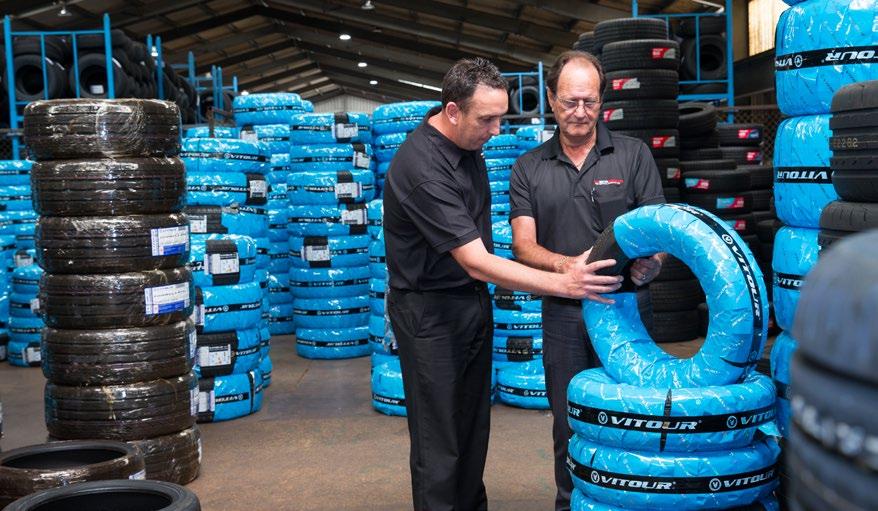
We engage with a broad range of stakeholders to manage risks and opportunities across our operations, to ensure we’re always delivering for Members and Preferred Suppliers. Recently, we released our first Environmental, Social and Governance (ESG) report, which identified several areas of focus where we can create positive (and mitigate negative) impacts for our stakeholders.
These areas of focus include empowering Members, climate resilience, sustainable consumption, employee wellbeing, innovation and digital transformation, data governance and cybersecurity, ethical supply chains, and integrity and accountability. Our ESG report puts in place a framework to ensure transparency and accountability— making sure that we retain the trust of our Members, Preferred Suppliers and other stakeholders long into the future. It’s about being a good corporate citizen—doing the right thing by our people, our stakeholders, our community and our planet.
Doing the right thing is at the very heart of our cooperative ethos. We believe we are stronger when we work together, and that means playing our part—like tackling the skills shortage that has been impacting the industry for at least a decade.
Capricorn has developed a strategy to tackle the skills shortage. We’ll be rolling out analysis and initiatives in the coming months and years, but the hard work is already underway. We’ve started hosting career expos with our partners at the Motor Trades Associations in some states, which we will continue to build and grow. Our Rising Stars program has been expanded to recognise more outstanding apprentices than ever before.
We’re able to do all this precisely because we’re a cooperative, and the best interests of our whole Community - Members, Preferred Suppliers and team membersare one and the same. That’s the cooperative difference. That’s why they matter. And that’s why we’ll be celebrating this 5 July.
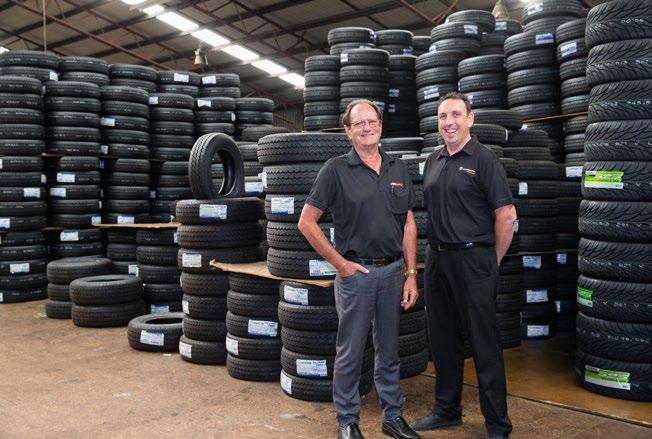

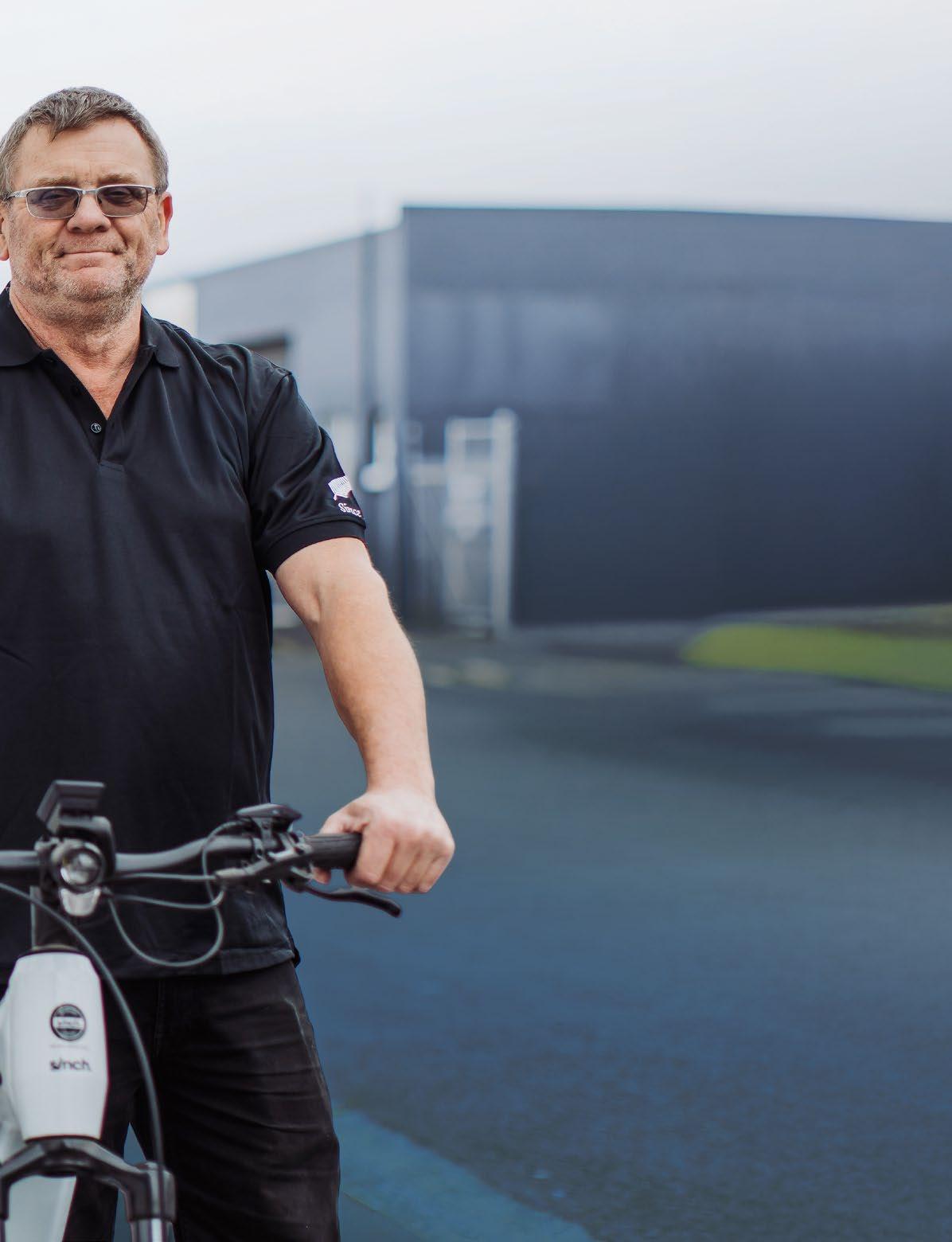
How Roy used Rewards+ to purchase ebikes to explore the great outdoors.
Roy and Lee-Ann Turner like an adventure.
The couple, who own Roy Turner Automotive in Dunedin, New Zealand, love nothing more than packing up their motorhome and getting out into nature and exploring. Roy loves motorbikes.They both love mountain bikes — although at 56, Roy said mountain biking is getting a bit hard on the knees.
“So, I figured ebikes would give us a bit more range and make life a bit easier,” he said.
Roy and Lee-Ann have been Capricorn Members for more than 20 years and, after a conversation with their Area Manager about Capricorn Rewards+, decided to use the scheme to buy their new ebikes.
“My wife and I decided they’d be quite a good addition to hang on the back of our motorhome while we’re away, so we can go for a pushbike ride and do some of these marvellous bike tracks we have around New Zealand now,” Roy said. “So, I looked to see what we could get and, typical of me, I got a bit carried away and we ended up buying these two rather decent Sinch ebikes. They’re a New Zealand spec’ and built bike, with a New Zealand tyre. They’re fully automatic. They don’t have a chain, they have a belt-type set-up, so there’s no gear changer. They’re top of the line.”
While the Rewards program has always been generous, Rewards+ was launched in February last year to expand the range of purchases Members can make with points. With Rewards+, Members can now use their accumulated Rewards Points to purchase almost anything they want. The only caveats are
the purchase has to be a tangible product, (like Roy and Lee-Ann’s ebikes, and not services or travel), they have to be worth more than $3,000, and the full value of the item has to be covered by the points available at the time the Member submits the redemption request.
Capricorn created Rewards+ specifically to help Members get the benefit from their Rewards Points — and the Turners have wasted no time doing just that.
“We took the ebikes away with us at Christmas time,” Roy said. “We’ve got a wee dog that loves coming away with us on holidays, so we ended up with a cane basket we can clip on the back of the bike for the dog to sit in. It’s a bichonpoodle-Jack Russell mix. It’s a wee fluff ball. It’s pretty hilarious. We get some interesting looks.
“The ebikes are just another thing we can go and do as a couple, to spend some time out in the fresh air, and spend some time away from motor cars.”
What do Roy and Lee-Ann think about the Rewards program?
“I consider it almost like getting something for nothing,” Roy said. “You’ve got to buy stuff for the business anyway, so why not have it working smarter rather than harder and utilise some of these tools that are in the toolbox?”
Using Rewards+ is as easy as getting a sales invoice for an eligible item, submitting the invoice via the Rewards shop, waiting for approval from Capricorn, and then getting your confirmation back from the supplier.
What will you get with your Rewards Points? For more information about making a Rewards+ redemption, log in to myCAP


You’ve got to buy stuff for the business anyway, so why not have it working smarter rather than harder and utilise some of these tools that are in the toolbox? ”

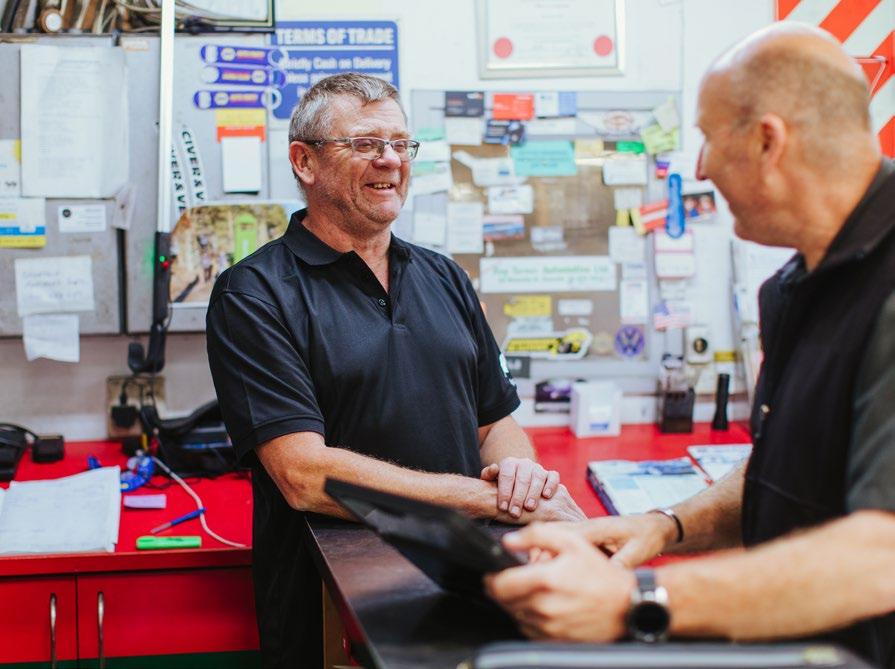
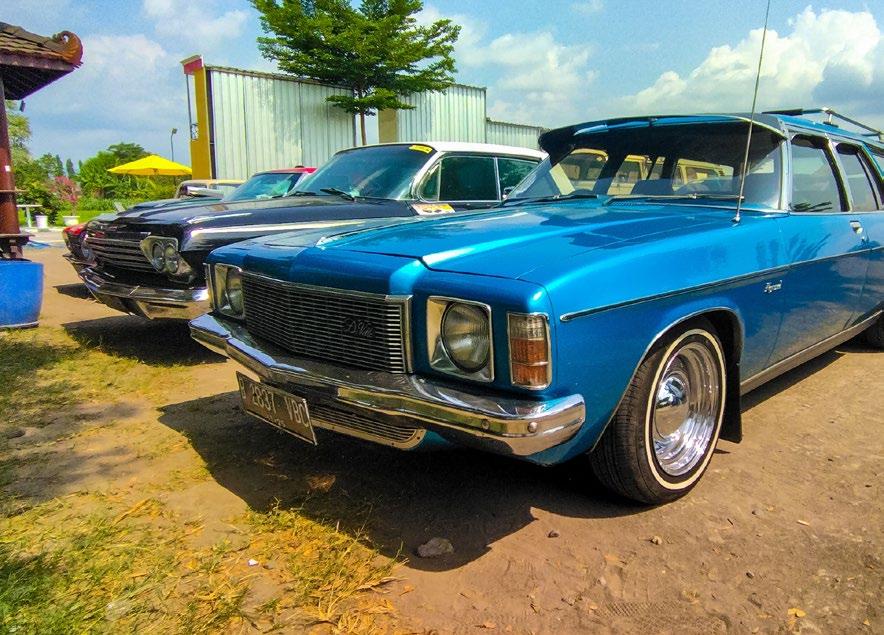

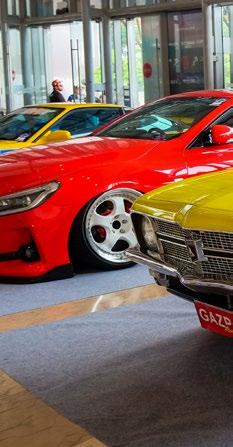
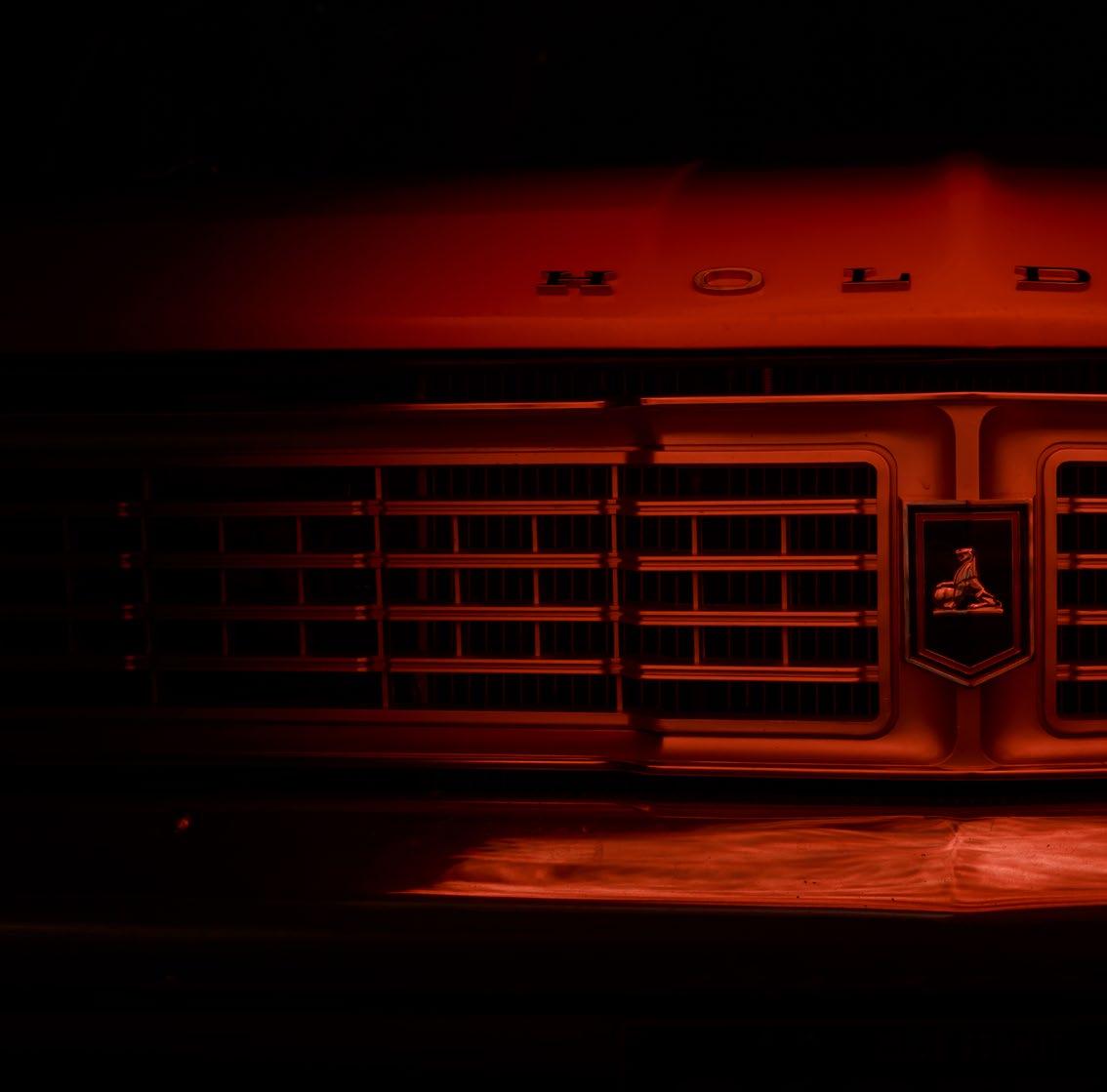


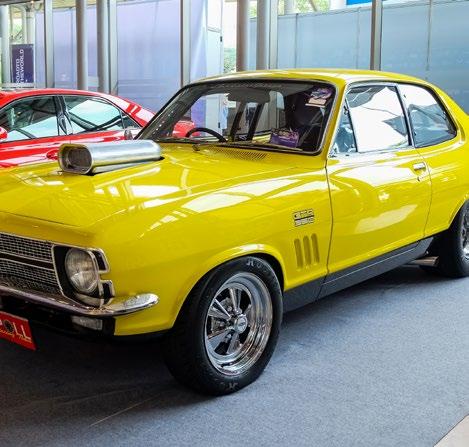

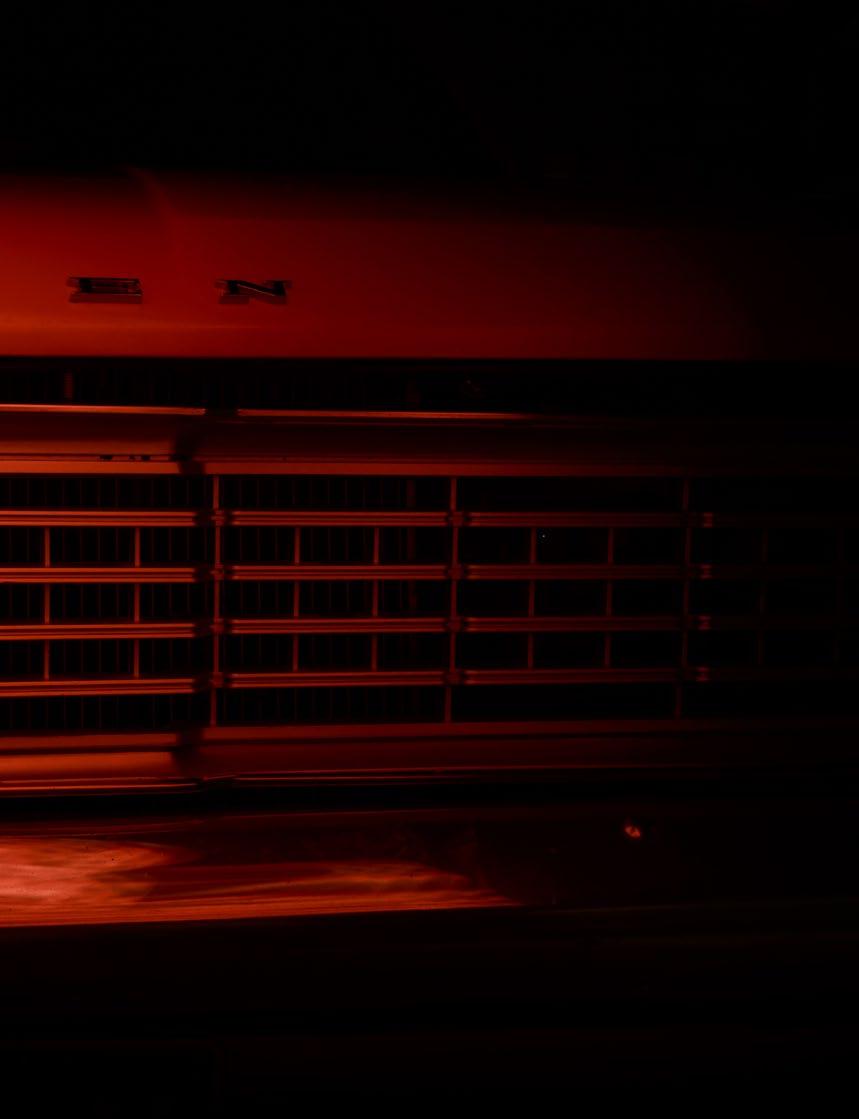
HOLDEN DIDN’T JUST BUILD CARS. IT HELPED TO BUILD AUSTRALIA.

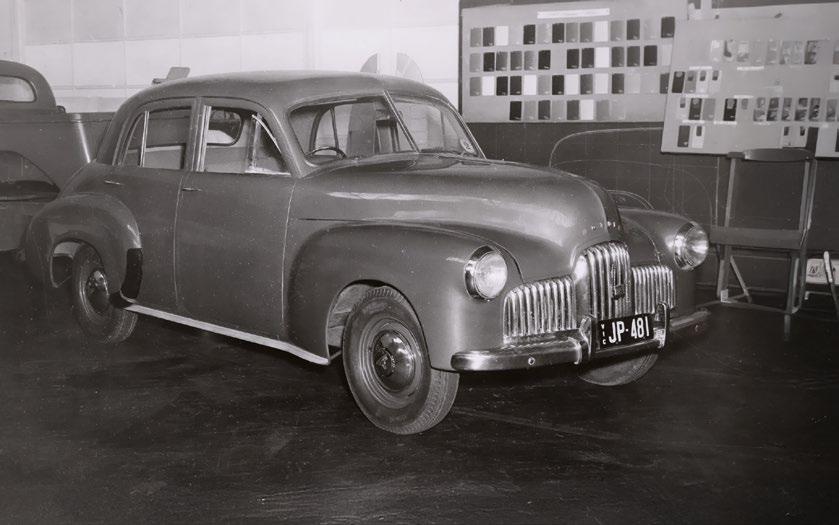


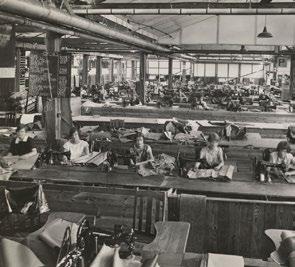
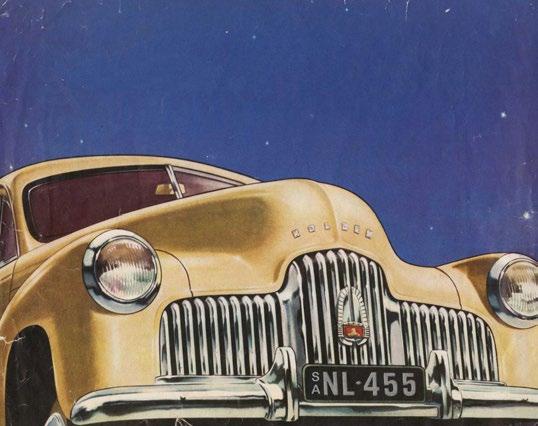

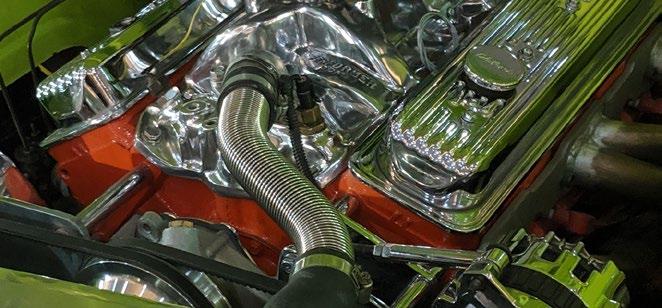





If you’re of a certain vintage, you might remember the days when Studebakers rumbled along the nation’s roads. Perhaps you’ve been around long enough to remember Wolseleys, Austins or Morrises. If you’re a bit younger, maybe you recall the Leyland or the Datsun.
These days, unless there’s a car club event on near you somewhere, you won’t see any of these once incredibly popular makes on our roads.
Soon, another iconic name will join them in the automotive halls of Valhalla: the Holden.
The demise of Holden was once unthinkable. Australia was a nation divided between Holden families and Ford families. Holden race car driver Peter Brock was “the king of the mountain”. How could a brand so integral to the national psyche possibly just disappear, like the Studebaker, the Morris and the Datsun? Yet, in 2017, Holden’s American parent company, General Motors, stopped producing Holdens in Australia. Then, in 2021, it retired the brand completely. It was the end of a 165-year-long story.
Holden began as a saddlery in Adelaide in 1856 and entered the fledgling auto industry in 1917, making car bodies for imported Chevrolet chassis. It became General Motors Holden in 1931 and, in 1948, produced the first car “made in Australia, for Australia”, the FX 48-215. Over the next few decades, Holden would become a household name—responsible for more than 40 per cent of all car sales by 1958—and producing some of the nation’s best loved cars.
The larger Kingswood was another icon of the road. It replaced the Holden Special after 1968 (when the HK was introduced) and was produced until the WB series in 1985 when it was, in turn, replaced by the Commodore. It was a spacious, comfortable, family car—and very popular in the suburbs. The Kingswood was a vehicle to aspire to, if you didn’t own one, and to be proud of, if you did.
And that, too, is part of the Holden story. Perhaps it’s part of why the make became such a part of the nation’s cultural fabric?
Holden didn’t just make cars “in Australia, for Australia”, it was literally making Australian communities, too. The company’s manufacturing plants—at Woodville and Elizabeth in South Australia, Fisherman’s Bend and Dandenong in Victoria, Pagewood in New South Wales, and Acacia Ridge in Queensland—provided skilled jobs that supported thousands of families. Holden wasn’t just building cars; it was helping to build the great Australian dream of living a free and prosperous life.
But by the 1980s, there were signs the business was starting to struggle. It closed Pagewood. The Federal Government lowered import tariffs on overseas manufactured cars. The plant closures and job losses continued. In the early 2000s, the company recorded a loss of $290 million. Federal and State Governments of all colours had been stepping in to prop up the nation’s struggling car making industry with enormous grants, but they would prove to be insufficient in the long run.
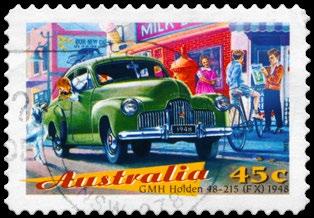
The Holden Monaro, based on the HK series, was launched in 1968 as a highperformance vehicle. A two-door pillarless hardtop or coupe, it came with either a straight-six or a V8 engine. There was also a four-door sedan version. It took both top honours in the Bathurst 500 and Wheels magazine’s Car of the Year that same year and quickly won lifelong fans. The model was retired in 1976 then returned between 2001 and 2006 (based on the VX, VY and VZ series).
Another icon of the road was the HZ Sandman—a panel van that became synonymous with surf and youth culture in the 1970s and 80s. They came with a standard 173-cubic-inch “red” inline six, but most owners opted for either the 253- or 308-cubicinch Holden V8 with either a four-speed manual or three-speed ‘Tri-Matic’ automatic transmission.
The LJ Torana was a popular mid-sized car produced from 1967 to 1980. It was based on the British Vauxhall Viva and came in four or six cylinders and up to 3.3 litres. With wider wheels and sports styling, it was a zippy performer. The top-of-the-line model (the Torana GTR XU-1) produced upwards of 200 horsepower, making it a popular choice for traffic police.
Even as Holden produced the Commodore SS — a vehicle that would become, for a while, the symbol of the “ cashed up bogan” during the mining boom years of the mid-2000s — the writing was on the wall for Holden.
The sleek SS, which was popular as both a ute, passenger car, and as a high-performance HSV, could not save the brand from its money woes. In 2013, just months after long-time rival Ford took the same decision, Holden announced it would stop producing cars in Australia. The last 950 automakers in Australia finished up at Holden’s Elizabeth production plant in October 2017, closing the book on Australian car manufacturing.
While it might be true that the Holden name is going the way of the Studebaker, the Morris and the Datsun, the nation-building spirit of the brand lives on in the men and women of the Capricorn Community and the wider repair industry. As Holden built communities, so are we all, through our cooperative. As Holden provided good jobs and careers and helped people raise their families and realise their dreams, so do our current Members, Preferred Suppliers (and even Capricorn).
So, Holden isn’t really gone. Its spirit lives on in all of us, and there are also sure to be many of them gracing workshops for years to come yet.
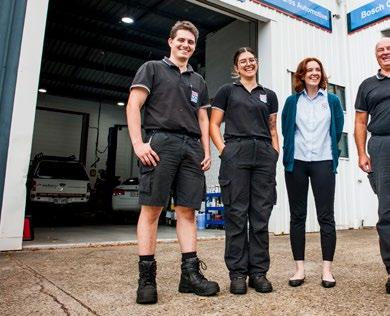
How do you RECOGNISE and REWARD YOUR TEAM?
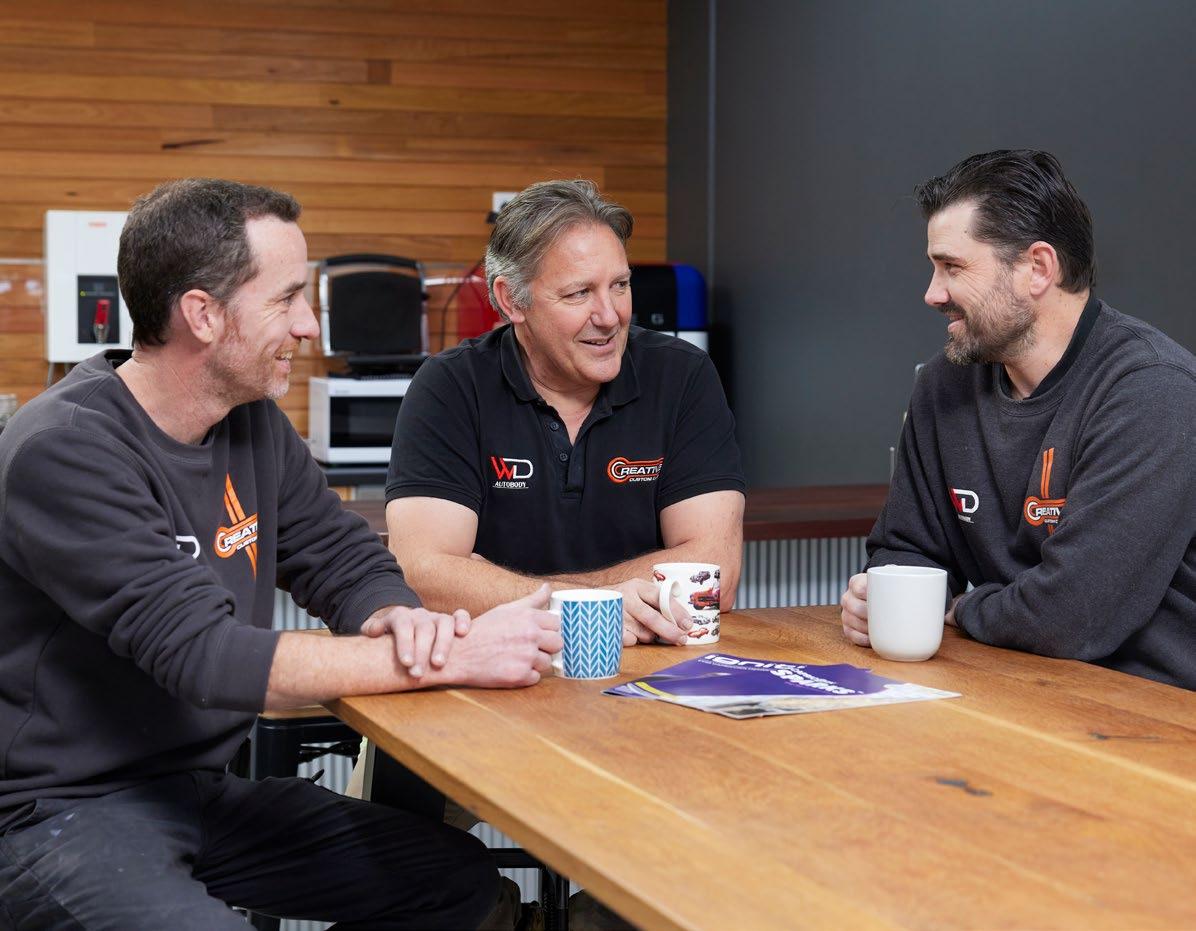

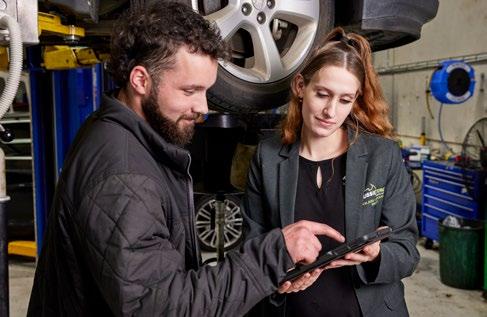
With our industry’s ongoing skills shortage, finding and retaining good staff can be a challenge. Having a good recognition and rewards system in place for your team can make all the difference — and it can make your business more profitable, too.
Just ask Capricorn Member Corey Winter, owner of Supernatural Auto Detailing in Perth. He introduced a bonus model which sees his team get a midyear and end-of-year payment, based on the profits of the business. He says this has not only helped him keep good people longterm but has also lifted morale and made his business more profitable.
“Before starting my own business, I worked in many companies and made them a lot of money but never got recognised for it,” he said. “When we started this business, I wanted the staff to feel like they were more than a number. It’s about bringing them in and making them feel a part of the success of the business. It changes their perspective from the outset.”
Detailers are incentivised to be more profitable on each job they do, while not compromising on doing quality work.
“We realised that if you reward the team correctly, they’ll do better work, and your reputation will grow,” Corey said.
His staff can also access part of their pay early if they need it (because “life happens”), take out no-interest loans from the business, or enter lease-to-buy arrangements on new equipment, through the business.
Supernatural employs eight people and has been trading for a decade

(two decades, if you count a previous iteration of the business). Corey has two team members who have been with the business for more than seven years, in a part of the industry where you’re lucky to keep an employee for 12 months.
“For our long-termers, the other thing we do is that for every year they’ve been with the business we put aside $1,000 from our end-ofyear profit for them,” Corey said. That sounds incredibly generous.
“You have to weigh up how much money do you want in your pocket versus how much stress and trouble do you want to have,” Corey said. “I don’t live in a mansion and I don’t have four Ferraris, but I think for most business owners, quality of life is as important as the dollars. If I said to most of them, ‘I could improve your quality of life 50 per cent, but it’s going to cost you $5,000 a year’, I think 90 per cent of them would take it.”
Quality of life was also key for Ange Wall, Business Manager of Accelerate Automotive in Coopers Plains, Queensland. Four years ago, the workshop switched to a four-day week.
“As business owners we wanted a bit of work-life balance and flexibility and when we looked at it, we thought why don’t we offer it to all the team as well?” she said.
After taking the idea to their staff, Accelerate switched to a four-day week. Initially staff could choose which day they wanted, then they changed to closing the workshop on Fridays—which was the workshop's quietest day—to give everyone a three-day weekend. The team work longer hours Monday to Thursday and still work a 38-hour week.
“Our turnover results actually improved,” Ange said. “April, for example, is horrible for most businesses because of Easter and the public holidays, but this year we had our best month in nine months.”
Ange said the switch to four days had helped build a positive culture in the workshop, which had resulted in longevity of tenure for their team of nine.
“The other thing we do is we’ll talk to them about how we’re going from a results perspective and say, if we keep trending like this, how would you like us to reward you?” she said.
She said staff last year could have chosen a cash bonus but instead elected to go to AutoCare in Melbourne together.
“They love what they do and they’re interested in learning and growing, and they want to attend those events for professional development,” she said.
Ange said it was also important to recognise staff achievements.
Accelerate has a private Facebook group where team members can share their individual achievements for the week, so they can be celebrated, and perhaps rewarded with a fuel voucher or a thoughtful, personalised gift.
“My belief is if you look after the team, they’ll look after the customer,” Ange said.
Corey agreed.
“Start with your people first,” he said. “Start with your people and you’ll be successful, no matter what.”


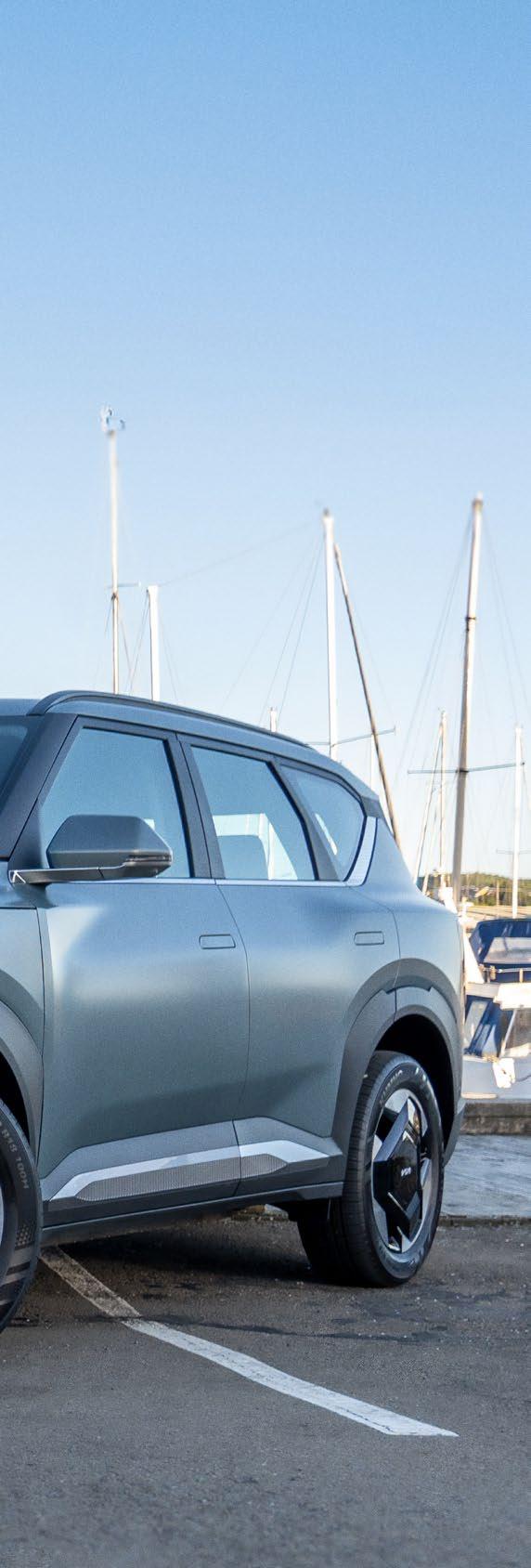
DriveLife went to the launch of the Kia EV5 in 2024, and found it to be pretty much a Honey I Shrunk The Kids version of Kia’s EV9. Almost identical, and with a very similar interior, but simply smaller.
Does that mean it’s not worthy of considering if you are looking to buy an EV SUV? With the EV9 priced at well over $100K, that puts it out of reach of many buyers, so perhaps that’s where the EV5 comes in?
Interior design and quality
Seat comfort
Day-to-day
driveability
Design
Space
Flat floor when seats down
One-pedal driving
Adaptive regeneration
Ride quality
Lane keep assist
Traffic sign recognition
Unlocking issues
Lots of cheaper competitors
Light on features vs. price
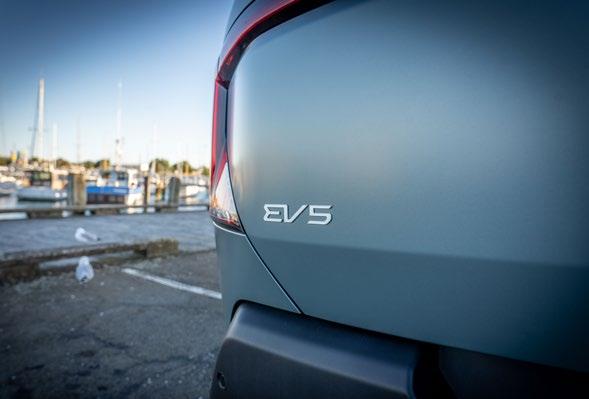
There are 5 models in the Kia EV5 range:
Light
Light+
Earth
Earth AWD
GT Line
$67,990
$70,450
$75,450
$80,450
$85,450
The first three models are front-wheel drive, while the Earth AWD and GT Line are all-wheel drive. Front-wheel drive models have a 160kW electric motor that outputs 310Nm of torque, while AWD versions have an additional rear-mounted 70kW electric motor that manages 170Nm of torque.
All models are fitted with an 88.1kWh EV battery pack, giving ranges varying from 500 to 555km. The 0-100km/h sprint in FWD models is 8.9 seconds, and it’s 6.1 seconds for the Earth AWD and 6.3 for the GT Line.

As mentioned before, the EV5 could easily be considered to be a car where the designers took the EV9 and then did a pinch-and-zoom in.
That’s not a bad thing - it’s still a great-looking SUV, very sleek and modern.
Our test car was finished in Iceberg Green Matte, and that made it stand out from all others on the road. We got many, many looks in the EV5 as it glided past other cars or pedestrians. Even a friend - who has no interest in cars - said, “That is a fantastic-looking car”. She’s right - we think it looks even better than the EV9.

What’s the interior like in the 2025 Kia EV5 Light+?
The EV5 feels large and welcoming. It’s a very pleasant place to enter for the first time, and even after a week and 500km, we still enjoyed jumping in the car. It felt quite homey.
The driver’s seat in this car is electric (with 4-way electric lumbar adjust), but the passenger’s seat is manually adjusted. The seats in our test car, an EV5 Light+, were a mix of cloth and vinyl, and looked great. They aren’t heated in the front, which is quite surprising for an EV priced at over $70K.
There’s a huge amount of both legroom and headroom for rear-seat passengers, who also have a single USB-C port in the back of the front seats, and aircon vents built into the B pillar. It’s quite nice in the back of the car with so much room, and it really emphasises the car’s feeling of openness back there.
The boot is an excellent size at 513 litres and has a large side pocket on either side, as well as a large amount of space under the floor for more stuff. Not only that, but the rear seats are cantilevered, so fold flat into the floor. There are so few cars that do this, so it was excellent to see Kia going the extra mile.

What’s the 2025 Kia EV5 Light+ like to drive?
We mainly used the EV5 for the weekly commute, and it shone in this role. While some cars have extremely annoying overspeed alerts, the EV5’s is a nice, polite ‘bing’ that doesn’t go on forever and a day. You’ll also get warnings of hazards like pedestrian or railway crossings. The reversing camera resolution is excellent, and there is a standard 360-degree camera system to check for hazards around you.
Performance in the single-motor EV5 is more than acceptable. It’s not superfast off the line as some might expect, and the 0-100km/h time of 8.9 seconds reflects this. In saying that, midrange acceleration is excellent, making passing other cars quick and safe. You get the usual 4 drive modes in the EV5: Eco, Normal, Sport, Snow. We left the car in Eco mode for much of my driving; there’s plenty of performance in this mode for everyday driving.
Energy economy in the EV5 was a very good 18.2kWh/100km, compared to 18.5kWh/100km stated by Kia. So, did we get to the 550km range that the car showed on pick-up? We managed 360km of driving with 100km left - 460km of real-world range is still very reasonable.
However, not all was perfect in our week with the EV5. While steering assist is very good and will keep the car centred in the lane quite nicely, it’s operated by a separate button on the steering wheel and stays on after you have turned adaptive cruise control off. This caught us out quite a few times. The EV5’s lane keep assist also needs tweaking as we felt like we were fighting it a lot of the time, and that’s not fun.

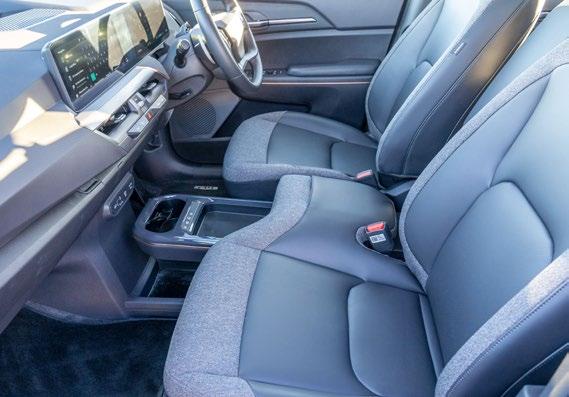
The EV5 definitely has it over similar cars when it comes to climbing into the cabin; it’s so light, welcoming, and refreshingly different with its funky seat layout. The sheer driveability of the Kia EV5 also really won us over. Other than its lane keep assist, it’s an extremely easy car to live with on a day-to-day basis. In the market for a midsize, EV SUV? We strongly recommend you add the Kia EV5 to your list of test drives.
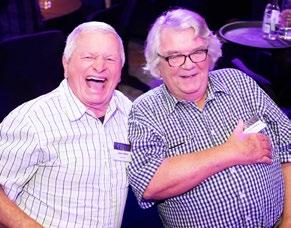




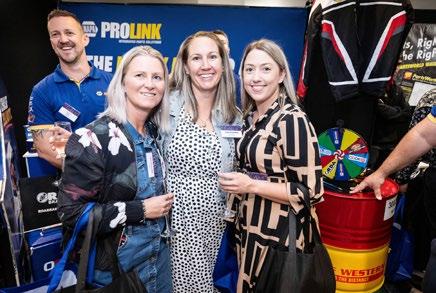



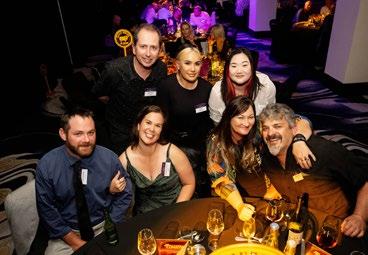

Submit your entry at cap.coop/funzone by 31 July 2025
May winner: MOTORHEADS AUTO who WON 5,000 Bonus Rewards Points
SPOT THE DIFFERENCE (5 differences to find!)
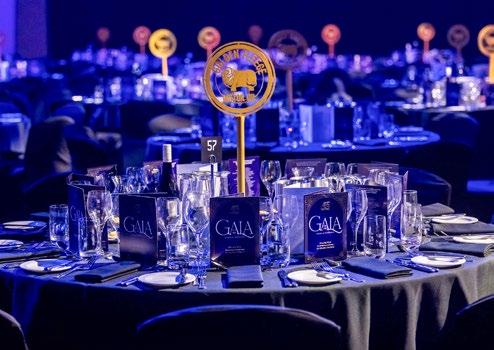

Please note that this competition and participation in the Capricorn Rewards program are subject to terms and conditions. For the full terms and conditions, visit cap.coop/tc.

Congratulations to the winners of our Pizza Treat promotion who each won a pizza feast for their team:
City Autos Rotorua
North Otago Mazda, Hyundai & Isuzu
Hanmer Springs Service Station
Landsey Auto Tech
GB Motors
